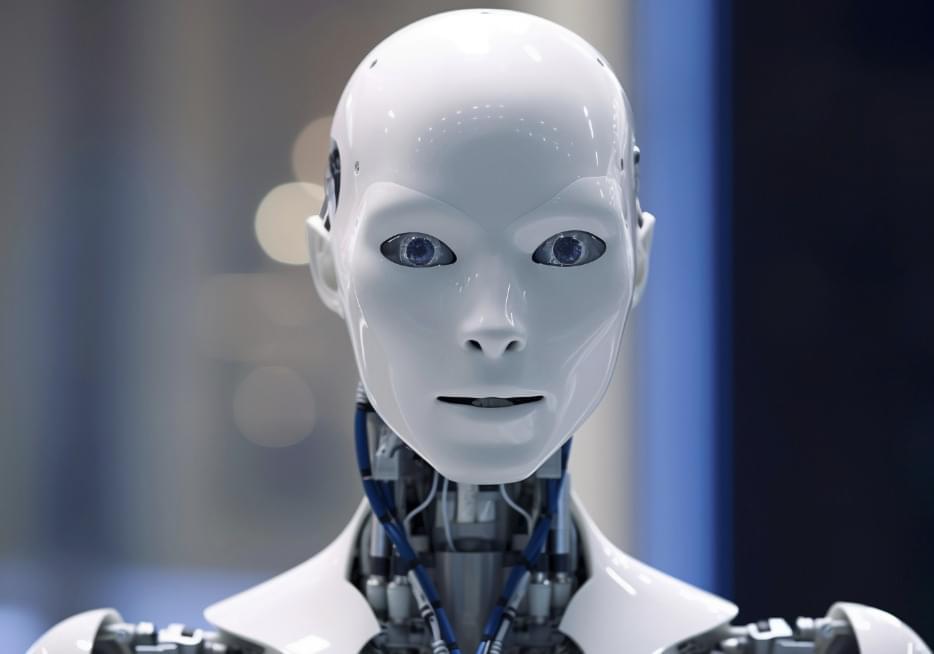Back in 2021, a test of cephalopod smarts reinforced how important it is for us humans to not underestimate animal intelligence.
Cuttlefish were given a new version of the marshmallow test, and the results may demonstrate that there’s more going on in their strange little brains than we knew.
Their ability to learn and adapt, the researchers said, could have evolved to give cuttlefish an edge in the cutthroat eat-or-be-eaten marine world they live in.









